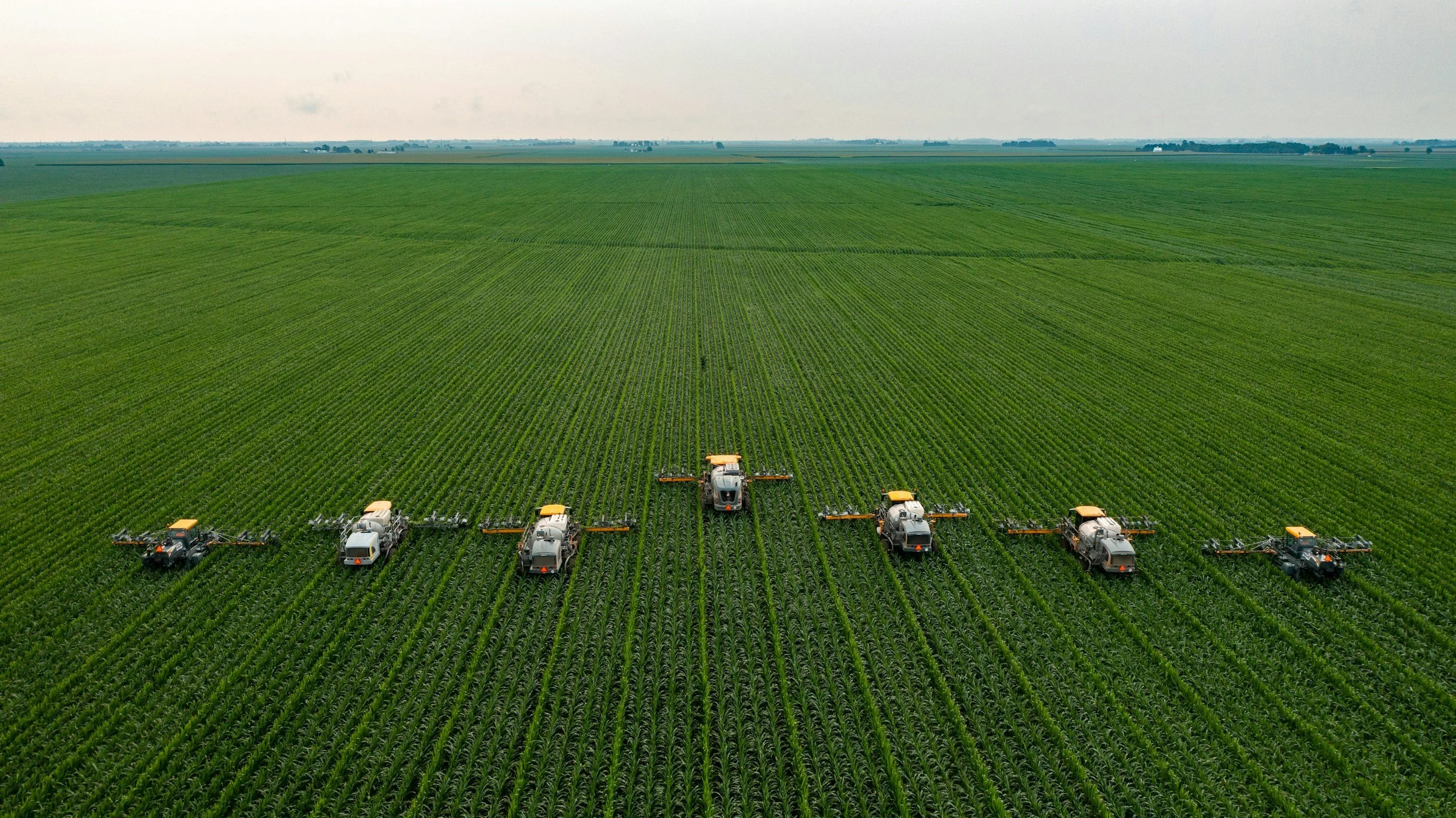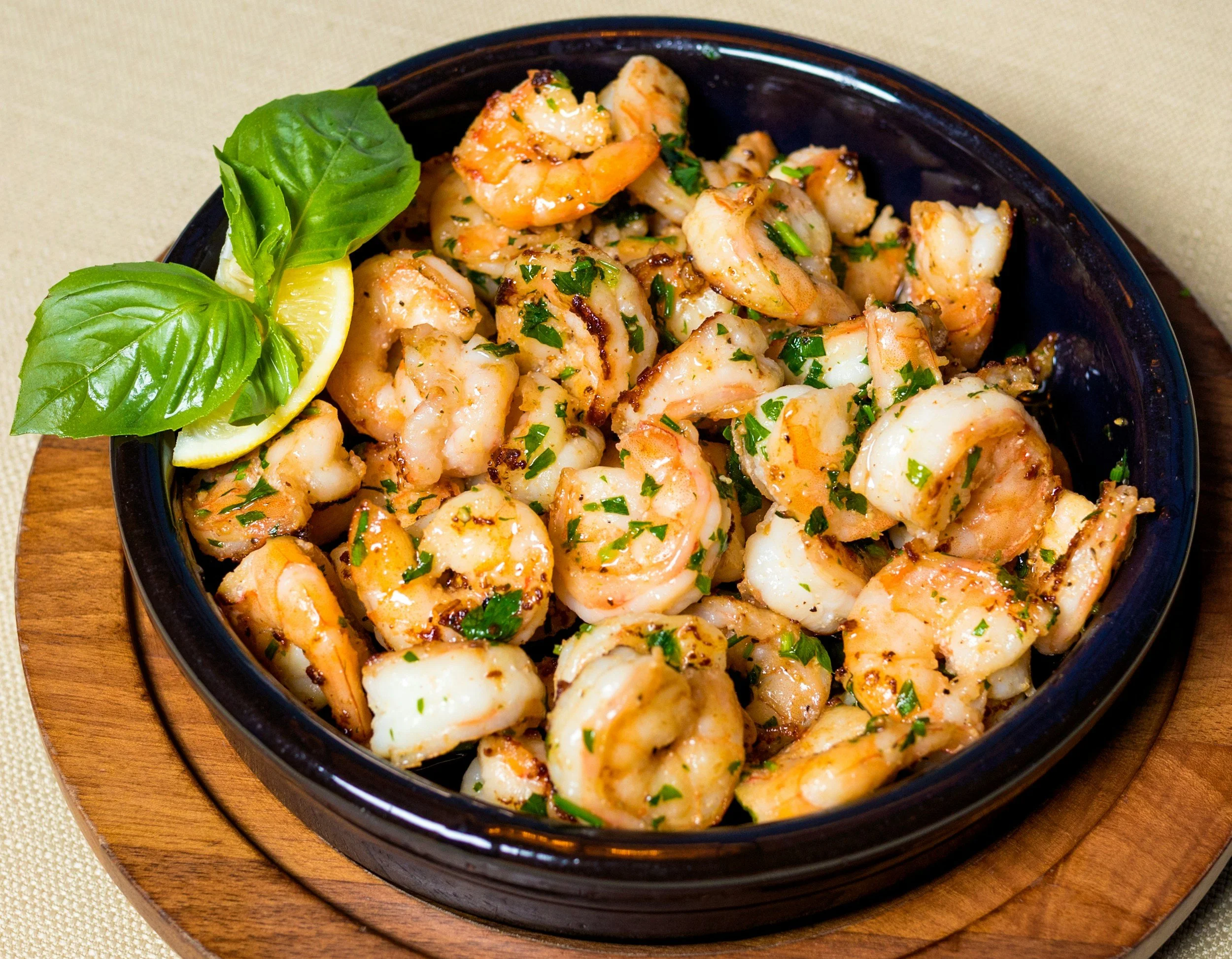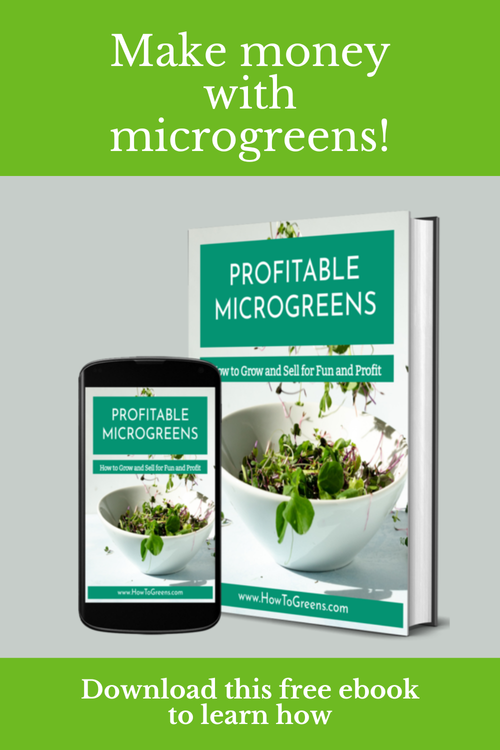What to Plant Now for a Lush Fall Garden
/Most people who grow vegetables and fruits begin to wind down their gardening activities at the end of summer. However, it's possible keep your garden growing well into the fall months and even into the winter, depending on the climate in your area. A few places (USDA zones 0-2) have extremely short growing seasons that make it very difficult to grow vegetables outdoors without using specialized techniques and growing plants that are uniquely adapted to that climate.
Most people, even those who live in places where it reliably snows every winter, can continue to grow fresh herbs, vegetables, and even some flowers well into the late fall and early winter months. If you want to have a lush vegetable garden that you can continue to enjoy for months to come, here are a few things you can do still plant from seed, or transplant as seedlings, in the months of August and September.
A late summer harvest of greens
A late summer harvest is possible if you focus on fast-growing leafy greens. Some greens take as little at 30 days from the time you plant from seed until you are able to harvest. If your planting method involves planting an abundance of seeds and later thinning them after they grow their first set of 'true' leaves, you can also pull the seedlings you don't want to keep and use them in salads and sandwiches, just as you would do with microgreens or sprouts. To get the most out of your late summer harvest, plant vegetables and herbs that are well-suited to warm weather conditions and can thrive in the heat (if it's still hot where you live). Some heat-tolerant varieties of normally cool-weather greens like Malabar or Matador spinach, Red Sails or Little Gem lettuce are easy to grow and will keep producing well into the cool months.
Other heat-tolerant greens you can plant now include Edible Red-leaf Amaranth, collard greens, kale, and Swiss chard can take the heat and the cold. In the case of kale and collards, many growers swear that the taste is even sweeter when the plant is exposed to cold temperatures.
Small root vegetables
While potatoes can take several months to produce edible spuds in your garden, there are other fast-growing root vegetables that you can still plant in August, including radishes, beets, and carrots.
Radishes:
Small root vegetables like radishes are usually planted in the spring and fall as a cool-weather crop, but a late summer planting (if the weather isn't too hot) will also produce a harvest within a few weeks or less. Radishes are incredibly easy to grow and come in a variety of colors, shapes, and flavors, from the classic red globe variety to the milder watermelon radish. They're great in salads or as stand-alone snacks.
Beets:
Beets are an underrated vegetable that you can plant in August and still enjoy in the fall season. Not only are they easy to grow, they are also incredibly versatile and pack a nutritional punch. Beets come in many colors and sizes, from the classic red globe variety to golden orange or white beets. They're great roasted, boiled, pickled, or even eaten raw. They can take anywhere from 55 to 70 days to harvest, so be sure to choose a variety that is at the lower end of that spectrum if you want to enjoy beets in the mid-to-late fall. Bolt-resistant varieties will ensure that your plant doesn't mature too quickly and go to seed in the warm weather.
Carrots:
Carrots are a classic cool-weather crop that you can still plant in August for a fall harvest. Not only are they easy to grow, but carrots are also very nutritious and have a sweet taste that makes them great as snacks or side dishes. They come in many varieties, from the traditional orange type to purple, yellow, white, or even multi-colored carrots. Some take as little as 60 days to harvest, while others can take up to 90 days. Be sure to choose a variety that is suited for the climate and season in which you're growing it, as some varieties require cooler temperatures for optimal growth.
Don't forget about herbs
Herbs are one of the easiest things to relocate indoors in containers in the cold months, and many herbs can be grown outside during the late summer and fall. The key to success is to plant herbs in a location that gets at least 6 hours of sunlight every day and make sure you water them regularly. There are a lot of fast-growing herbs that will provide you with a harvest within 30 days or less. Basil, parsley, dill, cilantro, and oregano can all be planted from seed in August. Herbs like mint, lemon balm, chamomile, and thyme can also be planted as transplants in late summer for an early fall harvest.
Now that you know what to plant, here are a few methods you can use to get a harvest even faster.
Re-Grow from scraps
If you're a gardener or garden-lover on Pinterest (as we are!) you'll no doubt have come across many pins about how you can re-grow vegetables indoors from food scraps. I have tried it myself and found that it's absolutely true! It's pretty easy to re-grow lettuce, bok choy, and cabbage from scraps. But these are just a few of the vegetables you can grow from kitchen scraps you'd normally throw away. Check out this article by Food Revolution to see a list of 19 vegetables you can re-grow with little effort, along with a breakdown of how to do it. The key to re-growing most of these is changing the water frequently; otherwise you'll end up with rotting scraps.
An even better method I have used many times with success is to begin re-growing these vegetables in water just enough to get them started, but after a week, transplant them into soil. This is tricky, as some vegetables will wither and die while others will do well. I have found that adding mycorrizhae to the soil before transplanting these re-grown scraps, makes a big difference in the success of your transplant. Mycorrizhae are a type of beneficial fungi that helps plants absorb nutrients from the soil. They also help plants that have been used to getting their nutrients from water to learn how to adapt to their new growing environment. When using mycorrizhae it's important to make sure that the granules come into direct contact with the plant's roots.
Start seeds with hydroponics
Hydroponics is a method of growing plants without soil. The plants are suspended in nutrient-enriched water and receive all their necessary nutrients from the water. This method allows for faster growth, as the roots don't need to search for food and the nutrients are easily accessible. Hydroponically grown seedlings also tend to be healthy plants with stronger root systems than seedlings started in seed starting mix or soil. With hydroponic growing systems, seedlings can also grow larger and healthier than conventionally-planted seeds, depending on what you plant and how diligent you are about fertilizing them. There are many inexpensive hydroponic grow kits available today, or you can try the Kratky method of hydroponic growing, which requires no special equipment and allows you to convert old plastic shoeboxes into growing spaces.
If you start seedlings using hydroponic methods, be sure to use mycorrizhae as noted above to transplant them into soil or the seedlings may die before you can enjoy them.
Enjoy the fruits of your garden
There are many ways to continue enjoying the fruits of your food garden well into the fall and even early winter months. With some careful planning and the right methods, you can have a lush garden in no time. Whether you choose to re-grow vegetables from scraps, start seeds with hydroponics, or plant herbs from seeds and transplants, it's not too difficult to keep things growing and enjoy the benefits of healthy, fresh produce this season and beyond!
Want to improve your gardening skills? Keeping a garden journal helps you stay on top of garden tasks, learn from your successes and failures, and understand your plants' needs so you can have an abundant garden throughout the season! Check out our Etsy shop for garden journal pages to help your garden grow!










































If you’re a gardener, you’ve dealt with garden pests before. This is especially true if you have an edible garden. Too many gardeners aim to eliminate pests completely, but this is neither realistic nor good for your local ecosystem. Yet this doesn’t mean that you have to sit back and do nothing when herbivore pests invade your garden and seek to destroy all your hard work. In fact, there are lots of things you can do to minimize the damage from insect pests without reaching for synthetic fungicides or pesticides.